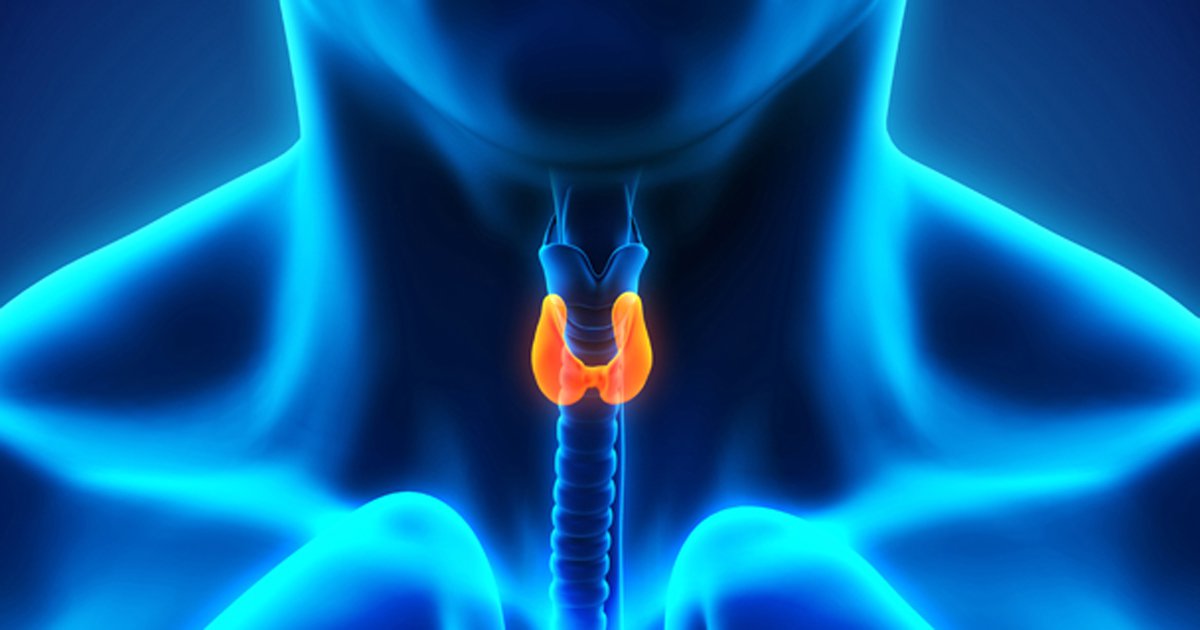Mandatory iodine fortification reduces overt thyrotoxicosis in Denmark
The overall standardized incidence rate of overt thyrotoxicosis in Denmark decreased by 50% after more than a decade of mandatory iodine fortification in the country without an increase in the overall incidence of sustained, overt hypothyroidism, according to findings published in Clinical Endocrinology.
Thyrotoxicosis due to autonomously functioning thyroid nodules was common among older adults in eastern and western Denmark during the 1990s, mainly due to a low iodine content in the tap water, Mads Petersen, MD, a former clinical assistant with the department of endocrinology at Aalborg University Hospital, Denmark, and colleagues wrote in the study background. In 2000, the country implemented a mandatory iodization of all table salt and salt used for commercial production of bread, and a program for monitoring the effects of salt iodization in the population is ongoing.
“Even very cautious salt iodization (< 50 µg per day) will lead to a remarkable decline in the incidence rate of overt thyrotoxicosis among a population with moderate iodine deficiency without causing an overall increase in the incidence rate of overt, sustained hypothyroidism,” Petersen told Endocrine Today. “Impressive reductions in the incidence rates of the nodular toxic goiter were observed after the initiation of mandatory salt iodization in Denmark, while a shift in the age distribution of overt hypothyroidism was observed, with more new cases among the young and fewer among the elderly. Thus, the beneficial effects of salt iodization on overt thyroid dysfunction primarily affect the elderly, as nodular toxic goiter is most prevalent among this age group, while the negative effects such as increased incidence rate of overt hypothyroidism exclusively affect the younger age groups.”
Petersen and colleagues analyzed new cases of overt thyrotoxicosis and hypothyroidism in an open cohort in Northern Jutland (n = 309,434) between 2014 and 2016. Individual medical histories were evaluated to verify and detail the incidence of overt thyroid dysfunction and classify subtypes. An identical survey was conducted between 1997 and 2000 before mandatory iodine fortification of salt (13 g/g), which began in 2001.

Researchers found that the standardized incidence rate (SIR) of verified overt thyrotoxicosis decreased markedly from 97.5 per 100,000 persons per year between 1997 and 2000 to 48.8 per 100,000 persons per year between 2014 and 2016, for a standardized incidence rate ratio (SIRR) of 0.5 (95% CI, 0.45-0.56). Researchers attributed the decrease in thyrotoxicosis incidence to a lower SIR of multinodular toxic goiter (SIRR = 0.18; 95% CI, 0.15-0.23), solitary toxic adenoma (SIRR = 0.26; 95% CI, 0.16-0.43) and to a lesser degree, Graves’ disease (SIRR = 0.67; 95% CI, 0.56-0.79).
The SIR for overt hypothyroidism was unchanged when comparing the two surveys, according to researchers; however, the age distribution shifted, with more cases of verified overt hypothyroidism among younger vs. older adults.
“During the course of the past 2 decades, increased attention has been paid to subclinical thyroid dysfunction in relation to iodine deficiency and iodine fortification,” Petersen said. “We are unable to investigate this subject using the methods in the current study. A new cross-sectional study within the Danish Investigation of Iodine Intake and Thyroid Diseases (DanThyr) project should be undertaken in Denmark to investigate the long-term effects of salt iodization on the prevalence of subclinical thyroid dysfunction among the population.” – by Regina Schaffer
For more information:
Mads Petersen, MD, can be reached at Aalborg University Hospital, Department of Endocrinology, Sdr. Skovvej 15, 9000 Aalborg, Denmark; email: mads.petersen@rn.dk.
Disclosures: The authors report no relevant financial disclosures.

